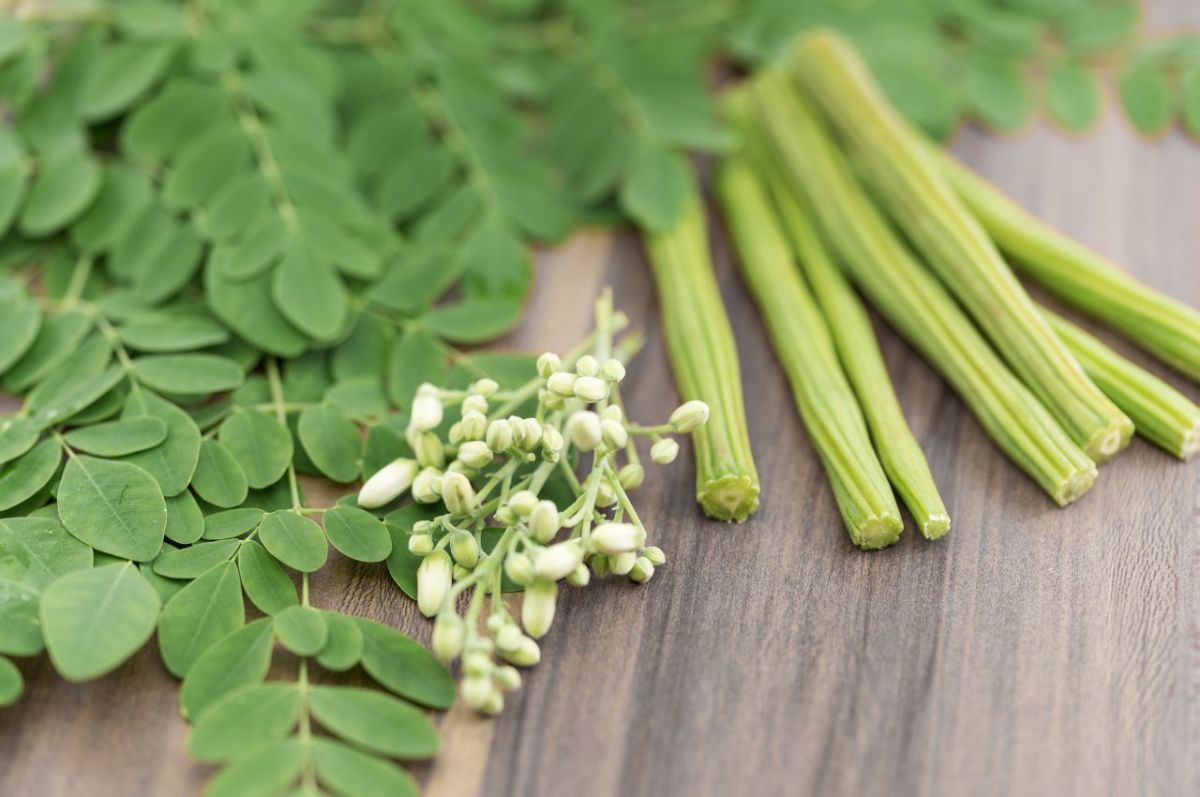Is Sapodilla the Best-Kept Secret in Tropical Fruits? Imagine biting into a fruit that tastes like a blend of brown sugar, caramel, and pear—sweet, rich, and utterly unique. That’s sapodilla (Manilkara zapota), a tropical treasure that remains underappreciated outside its native regions. While fruits like mango and pineapple often steal the spotlight, sapodilla offers a distinctive flavor and impressive health benefits that deserve wider recognition.
What Is Sapodilla?
Originating in southern Mexico and spreading through Central America and the Caribbean, sapodilla is an evergreen fruit tree. It produces small, round or oval fruits with rough, brown skin and soft, grainy flesh that ranges from pale yellow to earthy brown. Inside, you’ll find one to six glossy black seeds. The tree can live up to a century and thrives in tropical climates, making it a staple in countries like India, the Philippines, and Thailand.
A Flavor Like No Other
Often dubbed the “brown sugar fruit,” sapodilla’s flavor profile is both sweet and malty, with hints of caramel and pear. Its soft, grainy texture resembles that of a well-ripened pear, making it a delightful treat when eaten fresh. The fruit’s natural sweetness makes it an excellent addition to smoothies, fruit salads, and even baked goods.
Nutritional Powerhouse
Beyond its delectable taste, sapodilla packs a nutritional punch. A 170-gram serving contains approximately 141 calories, 34 grams of carbohydrates, 9 grams of fiber, and 28% of the daily recommended intake of vitamin C. It’s also a good source of copper, iron, potassium, and folate.
The fruit’s high fiber content supports digestive health, while its vitamin C content bolsters the immune system. Additionally, sapodilla contains copper, a mineral essential for energy production and brain development.
Health Benefits
Sapodilla is rich in antioxidants, including polyphenols like tannins and flavonoids. These compounds have been shown to have antioxidant and anti-inflammatory properties, which may help reduce the risk of chronic diseases such as heart disease and diabetes.
Traditional medicine systems have utilized various parts of the sapodilla tree to treat conditions like fever, ulcers, and arthritis. While more research is needed, the fruit’s bioactive compounds suggest potential health benefits.
How to Enjoy Sapodilla
To savor sapodilla at its best, allow it to ripen until it feels soft to the touch. Cut it in half, scoop out the flesh, and discard the seeds. The fruit can be enjoyed fresh or incorporated into recipes like jams, fruit salads, syrups, and baked goods. In some cultures, sapodilla is even fried or mashed into pancake batter.
Where to Find It
While sapodilla isn’t commonly found in mainstream supermarkets, it can be located at specialty grocery stores, farmers’ markets, or online fruit vendors that cater to Latin American, Southeast Asian, or Caribbean communities. Availability may vary depending on the region and season.
A Hidden Gem Worth Discovering
In a world where exotic fruits like dragon fruit and açaí have become mainstream, sapodilla remains a hidden gem. Its rich, caramel-like flavor and impressive nutritional profile make it a fruit worth seeking out. So, the next time you’re looking for something unique, sweet, and healthy, consider giving sapodilla a try. It might just become your new favorite fruit.



